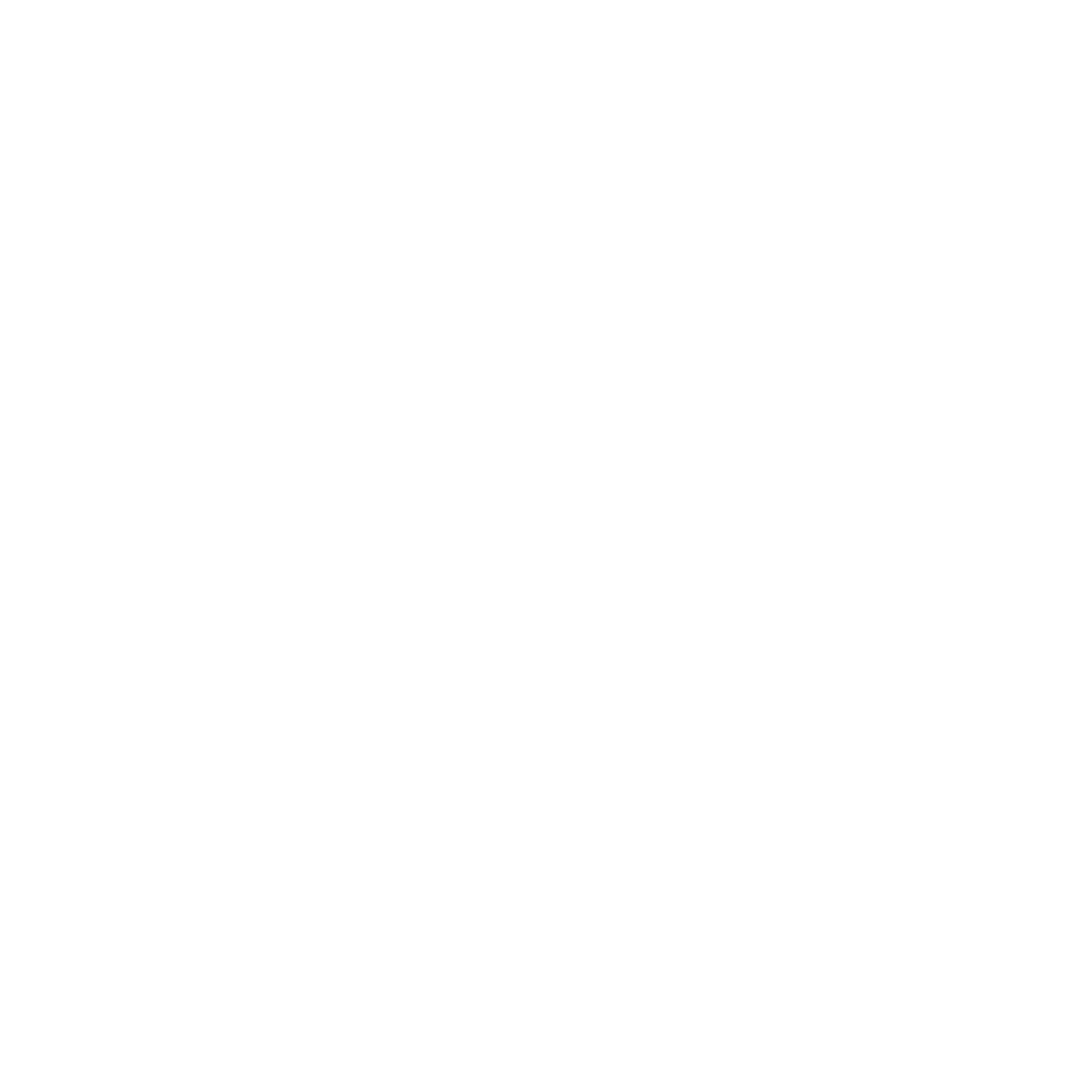Founding documents
-
Charter of the United Nations
The Charter of the United Nations is the founding document of the United Nations. It was signed on 26 June 1945, in San Francisco, at the conclusion of the United Nations Conference on International Organisation, and came into force on 24 October 1945.
-
International Bill of Human Rights
The Universal Declaration of Human rights, and the two covenants: International Covenant on Economic Social and Cultural Rights (ICESCR), and the International Covenant on Civil and Political Rights (ICCPR) are known together as the International Bill of Human Rights.
-
Universal Declaration of Human Rights
The Universal Declaration sets a general common standard for the achievement of human rights, but is not a legally binding instrument. The rights set out in the Universal Declaration have been subsequently transformed into a legally binding framework of international human rights through treaties.
• History, commentary and preparatory documents on the UN's Audiovisual Library of International Law
-
UN's Audiovisual Library of International Law: Universal Declaration of Human Rights 1948
History, commentary and preparatory documents on the UN's Audiovisual Library of International Law.
Nine core international human rights instruments
- Use the United Nations Treaty Series citation when referring to a treaty according to the AGLC4 style (rule 8.4)
International Covenant on Economic, Social and Cultural Rights (ICESCR)
- monitored by the CESR
-
International Covenant on Economic, Social and Cultural Rights (OHCHR site)
The International Covenant on Economic, Social and Cultural Rights, opened for signature 16 December 1966, 993 UNTS 3 (entered into force 3 January 1976) (ICESCR)
• Monitoring body Committee on Economic, Social and Cultural Rights (CESCR)
• Check ratification, reservations and current status in the UN Treaty Collection Status of Treaties database
• History, commentary and preparatory documents on the UN's Audiovisual Library of International Law
-
-
Committee on Economic, Social and Cultural Rights (CESCR)
The Committee on Economic, Social and Cultural Rights (CESCR) is the monitoring body of the International Covenant on Economic, Social and Cultural Rights.
-
-
International Covenant on Civil and Political Rights (ICCPR)
- monitored by the CCPR
-
International Covenant on Civil and Political Rights (OHCHR site)
The International Covenant on Civil and Political Rights, opened for signature 16 December 1966, 999 UNTS 171 and 1057 UNTS 407 (entered into force 23 March 1976) (ICCPR)
• Monitoring body Human Rights Committee (CCPR)
• Check ratification, reservations and current status in the UN Treaty Collection Status of Treaties database
• History, commentary and preparatory documents on the UN's Audiovisual Library of International Law
There are two optional Optional Protocols:
• Optional Protocol to the International Covenant on Civil and Political Rights 1976
• Second Optional Protocol to the International Covenant on Civil and Political Rights, aiming at the abolition of the death penalty 1989
-
-
-
-
-
-
International Convention on the Elimination of All Forms of Racial Discrimination (ICERD)
- monitored by the CERD
Convention on the Elimination of All Forms of Discrimination against Women (CEDAW)
- monitored by the CEDAW
-
Convention on the Elimination of All Forms of Discrimination against Women
Convention on the Elimination of All Forms of Discrimination against Women, opened for signature 18 Dec 1979, 1249 UNTS 13 (entered into force 3 September 1981) (CEDAW)
• Monitoring body: Committee on the Elimination of Discrimination against Women (CEDAW)
• Check ratification, reservations and current status in the UN Treaty Collection Status of Treaties database
-
-
-
5. Convention against Torture and Other Cruel, Inhuman or Degrading Treatment or Punishment
Convention against Torture and Other Cruel, Inhuman or Degrading Treatment or Punishment, opened for signature
10 Dec 1984, 1465 UNTS 85 (entered into force 26 June 1987) (CAT)
• Monitoring body: Committee Against Torture (CAT)
• Check ratification, reservations and current status in the UN Treaty Collection Status of Treaties database
-
-
Convention on the Rights of the Child (CRC)
- monitored by the CRC
-
Convention on the Rights of the Child
Convention on the Rights of the Child, opened for signature 20 Nov 1989, 1577 UNTS 3 (entered into force 2 September 1990) (CRC)
• Monitoring body Committee on the Rights of the Child (CRC)
• Check ratification, reservations and current status in the UN Treaty Collection Status of Treaties database
-
-
International Convention on the Protection of the Rights of All Migrant Workers and Members of Their Families (ICMW)
- monitored by the CMW
International Convention for the Protection of All Persons from Enforced Disappearance (CPED)
- monitored by the CED
-
International Convention for the Protection of All Persons from Enforced Disappearance
International Convention for the Protection of All Persons from Enforced Disappearance, opened for signature 20 Dec 2006, 2716 UNTS 3 (entered into force 23 December 2010) (CPED)
• Monitoring body Committee on Enforced Disappearances (CED)
• Check ratification, reservations and current status in the UN Treaty Collection Status of Treaties database
-
-
Convention on the Rights of Persons with Disabilities (CRPD)
- monitored by the CRPD
-
Convention on the Rights of Persons with Disabilities
Convention on the Rights of Persons with Disabilities, opened for signature 13 December 2006, 2515 UNTS 3 (entered into force 3 May 2008) (CRPD)
• Monitoring body Committee on the Rights of Persons with Disabilities (CRPD)
• Check ratification, reservations and current status in the UN Treaty Collection Status of Treaties database
-
-
